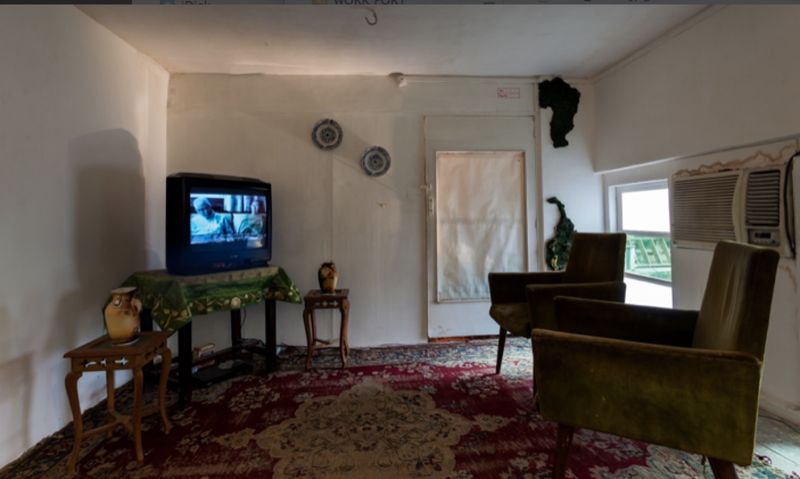
Interview: Memory & the Maximum City
by Shilpa Dubey, for Absolute India
- sss ~ Interview: Memory & the Maximum City
- To Whomsoever it May Concern
- Small is Beautiful – II
- Unselfed Extended
- Tasher Desh
- Placebo Singers
- The League of Superheroes
- The Superhero Series
- The Harlequin Series
- Everybody's a Jester
- Paintings
- Drawings
- We are such stuff As dreams are made on
- Purgatory
- Rebirth
- Goodbye Blue Sky
- Inhale / Exhale
What does ‘Memory & The Maximum City’ mean for you?
Memories matter in any day and age – I believe in the saying, “Those who forget history, are bound to repeat it”. In the context of the city and its people, the easiest thing would be to forget people who live beyond the perimeter of our immediate vision, but in doing so we condemn ourselves to be forgotten by others.
How many of us know the basic history of Bombay? Does it matter? Does it matter whether we knew or not what happened? How important is it to know that Bombay Docks started in 1735 or that Tarla House became J.J. hospital or that a structure such as Hasanabad exists, or the story of Pine Building. At the end of the day the specifics may not matter. But what is important is that there is a sense of identity that we’re losing and that reflects in the way we live; it reflects in how we conduct ourselves; and it is reflecting in the way Mazgaon is changing. The experience of Mazgaon changing through time and space is what is seen in the exhibition.
One of the things I like reminding people that Mazgaon has been a host to a number of different communities, Sutari Gujratis, Bohri Muslims, Catholics, Parsis, Davidian Jews, Israelis and Chinese. Mazgaon represented a true cosmopolitan city – The kind we have always imagined it to be. Such projects enrich Mumbai’s art scene by offering something other than aesthetic wall-hangings and floor pieces, or theory-laden group shows. In an era in which right-wing groups continue to insist on Mumbai narrowly as a ‘Hindu Marathi City’, counter-historical practices like Site : Stage : Structure serve much more than ethnographic curiosity.
Tell us about your association with Godrej India Culture Lab
Well, this is my first project with Godrej India Culture Lab. They had seen the project when it was being exhibited at The Clark House Initiative, which is an Artist Initiative, an alternate space to the Gallery system. I think when a plan was devised to do this talk; my work and I were invited to be a part of it.
Having said that, I was graciously given a tour of the various spaces and projects that are an ongoing part of Godrej, within and outside of the Culture Lab. I am very excited with the potential a space like this holds for the city and an artist like me, and I hope to have a lasting relationship with them.
The whole event is set on the backdrop of nostalgic tour of Mumbai. What do you have to say about this?
I don’t think that any of the projects being showcased and discussed are engaging with sentimental nostalgia. I believe the importance of the work being done by these projects hits home in a very different way. Speaking for the project and myself, here I fight nostalgia by documenting it, recreating it through videos, conversations and staging ethnographic reconstructions of people’s homes. It is a Transmedia Installation that integrates books, objects, photographs, short films, audio narratives, and heritage walks as a way of revitalizing memories and telling a history that is absent from the formal narratives.
What message do you aim to deliver with this project?
Mazgaon is a port and dock area of Mumbai with a rich heritage and complex history. An integral and once central part of the city seems to be almost abandoned, its history neglected, its heritage slowly corroded by the passages of Time and the amnesia of people.
A fairy tale, the origin of a deity, stories of old men recounting childhood and parents, origins of their home, recounting of a 75 year old friendship that lasted relocation to Calcutta and back, the memories of ‘Paradise Lost’ – accounts that do not enter a formal narrative – information that in the grander scheme of things seem not as important, but which we cannot afford to forget.
These are not just stories of Bombay in itself, or the way Mazgaon has changed. Mazgaon is exemplary of the way several spaces/places in the country and the world are changing – silently, and without our knowing about it. It is like a falling teacup that we don’t see till it shatters. Fortunately Mazgaon and other places like that haven’t shattered yet. But they’re falling. It is up to us how soon we can look at them and how soon we can arrest that fall.
Your work from Site: Stage: Structure will also be showcased at the event. What do you have to say on that?
Departing from a usual format of talks and lecture, The Godrej India Culture Lab has made available an opportunity to be able to experience first hand, an example of the kind of project the speakers will be talking about. I feel this will give the audience and the viewers a better chance at understanding the work and hopefully the importance of staging ethnographic interventions. At the same time, I hope that the presence of these works will be an icebreaker and facilitating a better dialogue with the artist and speakers present.
Tell us about your journey as an artist.
I was born in Mumbai, 1983. I studied painting at The Sir J.J. School of Art, Mumbai. I make contemporary art, films, books, collaborate with robotic engineers, computer programmers, musicians, writers, theater and film makers and aim to found processes that would leave deep impacts on contemporary culture, technology and knowledge.
Some of the mundane activities that I have been a part of are ‘Site : Stage : Structure’, a solo exhibition integrating books, photographs, video documentation, audio narratives and heritage walks as a way of revitalizing memories and telling a history that is absent from the formal narratives, at The Clark House Initiative, Mumbai; as well as ‘Ballad of the War that Never Was, and other Bastardized Myths’, a solo exhibition of drawings, paintings and digital works, held at Tao Art Gallery, Mumbai in 2011; as well as recent group exhibitions at Tao Art Gallery, Mumbai; Art Heritage, New Delhi; and Galerie Mirchandani + Steinruecke, Mumbai.
Why had you chosen Mazgaon and Wadibunder for your project?
Mazgaon has been important to me – my grandparents have lived in Mazgaon for 42 years, for more than my entire life. During school summer vacations, I visited their home and was taken to the famous Mazgaon Gardens. The Garden located on a hilltop offers stunning views of the docks, the ships and the urban landscape of Mazgaon, Wadibunder and beyond. This vivid memory has remained with me and I was keen to revisit the space now as an artist. The beginnings of the project were purely personal, but speaking to local historians and members of the various communities, slowly I realized the vast history and the rich heritage of Mazgaon and Wadibunder. I knew then, that I needed to make this accessible to a larger audience.
This project has connected me intimately with various people, strangers whose lives are an open book to me. I realized how something as intangible as a community could be reflected very concretely in architecture, colours and spaces, and most importantly in the people, those who hold on and treasure its past as well as those who look towards its future.
To Whomsoever it May Concern
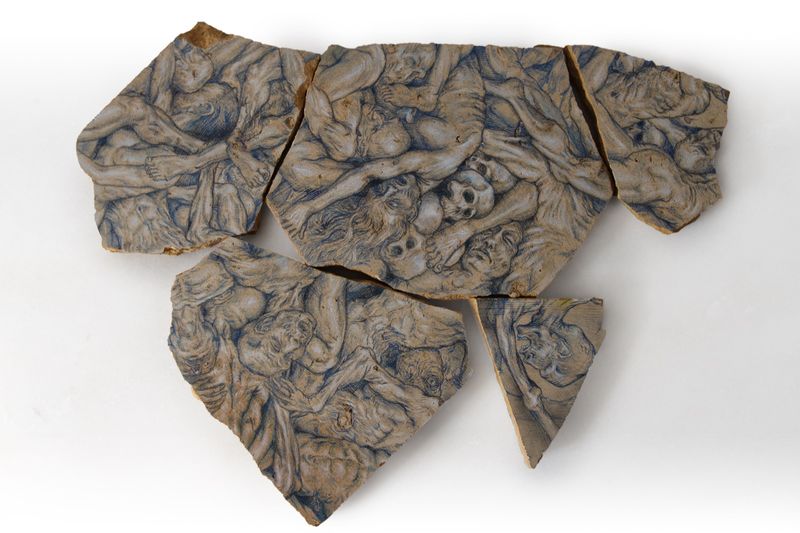
‘To Whomsoever It May Concern’ is a letter, an appeal, a supplication.
It is a tableaux, an image, a reality that we are all too familiar with.
It is not the first, nor the last… it lays bare the scars of war: fear, trauma and precarious memory.
Small is Beautiful – II
TAO Art Gallery, Mumbai
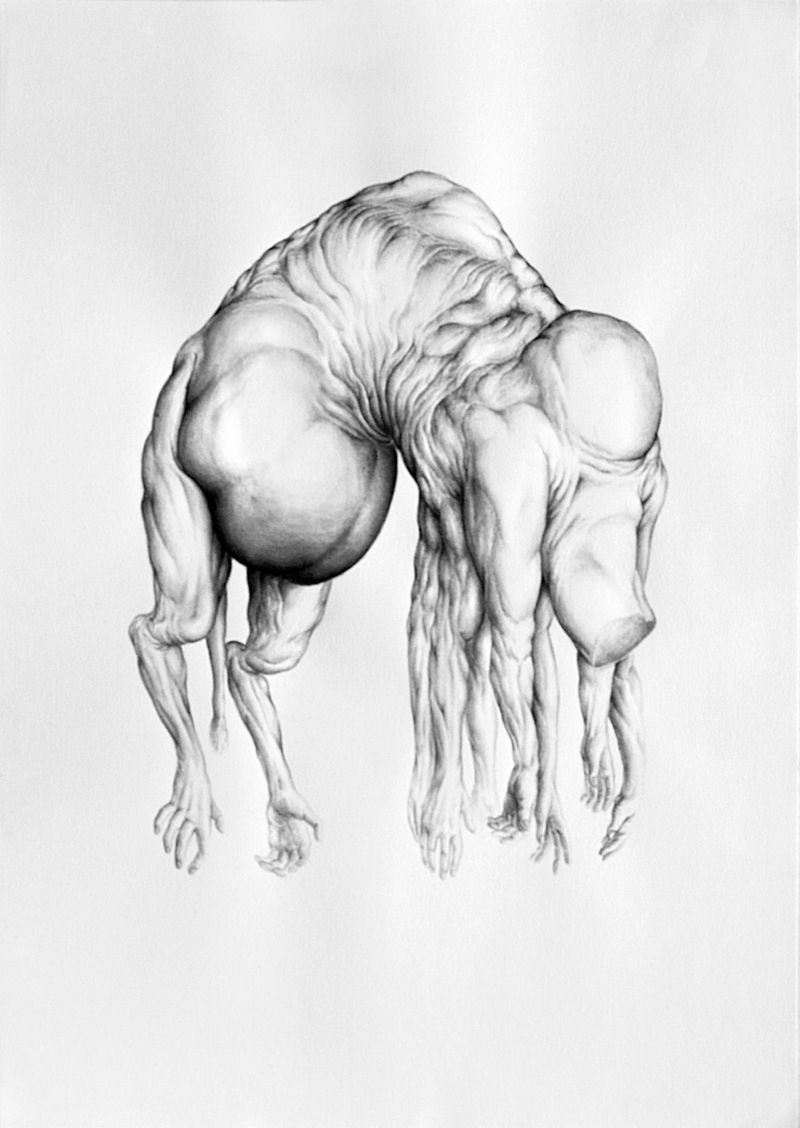
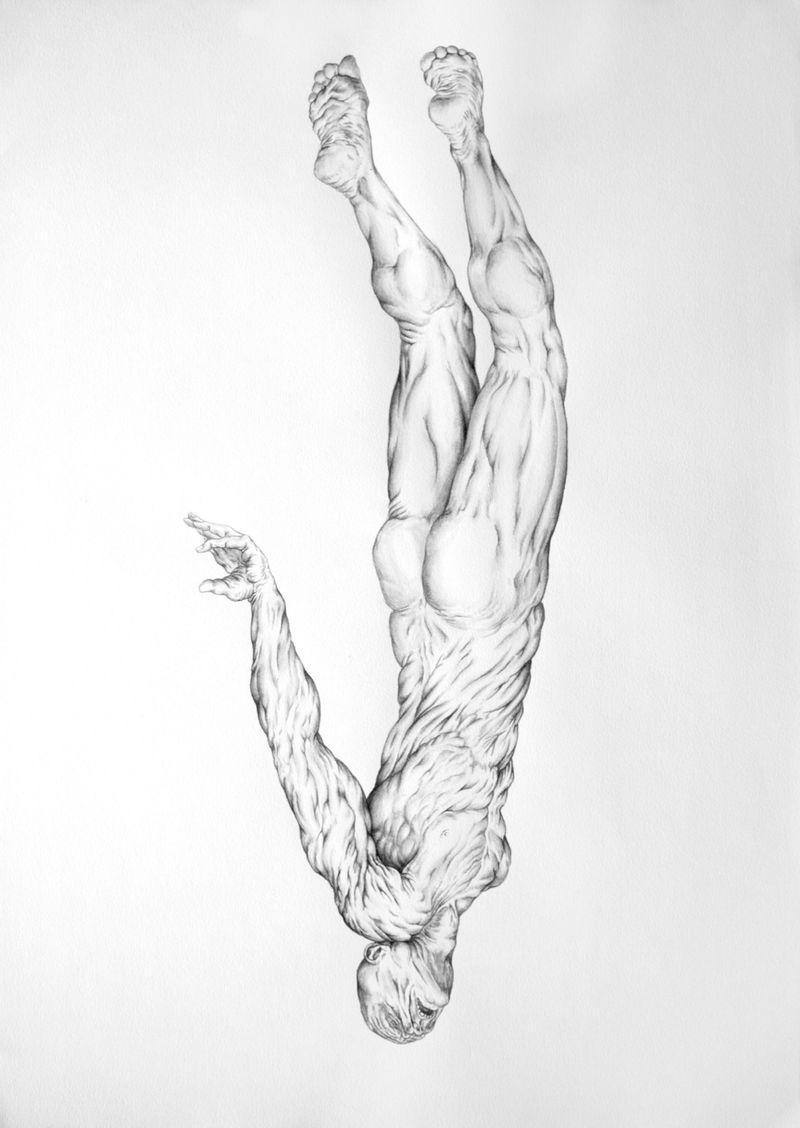
Unselfed Extended


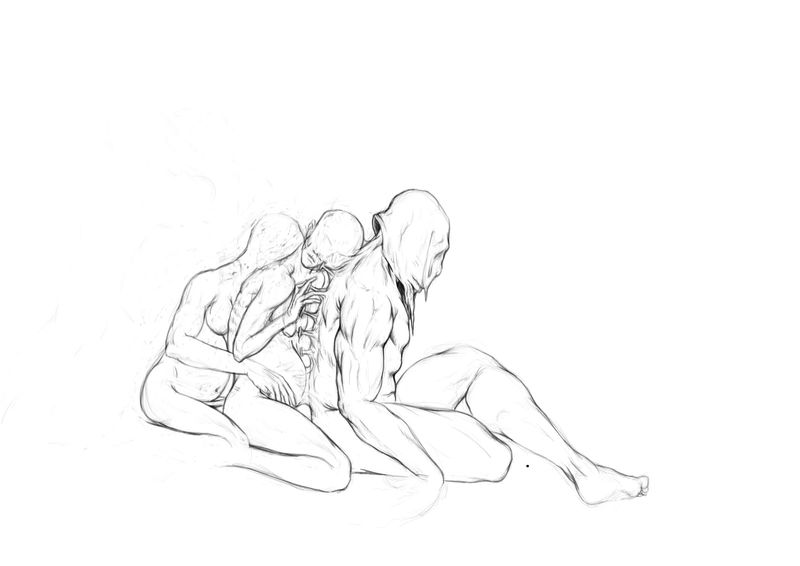
Unselfed Extended is a mix media body of work that includes a series of drawings/copper plate etchings, prosthetic sculpture/masks and other props/objects. It is an interpretive work based on and furthering the artistic vision of an 80 minute performance of the same name. It is a search for a hybrid form, one which invites the viewer to engage simply with bodies moving in space, with gestures, with objects, movement, images and the spoken word…
Conceptual drawings, text and other visuals are often used to aid the performers to construct a composite work such as a performance. Creating conceptual drawings based on a finished performance is to reverse engineer the process – here, the performance is the seed, the starting point. The drawings circumvent the constraints of a live performance by entering the domain of abstract and surreal imagery.
Within the context of the performance, they are ghosts – mirrors reflecting the performers in a heightened sense of reality as well characters within the performance. The images, the performance and the interaction between them, indicate an imaginative space where the audience/viewer react simultaneously to all three and so further the open ended dialogue that is the aim of the original performance.
Tasher Desh
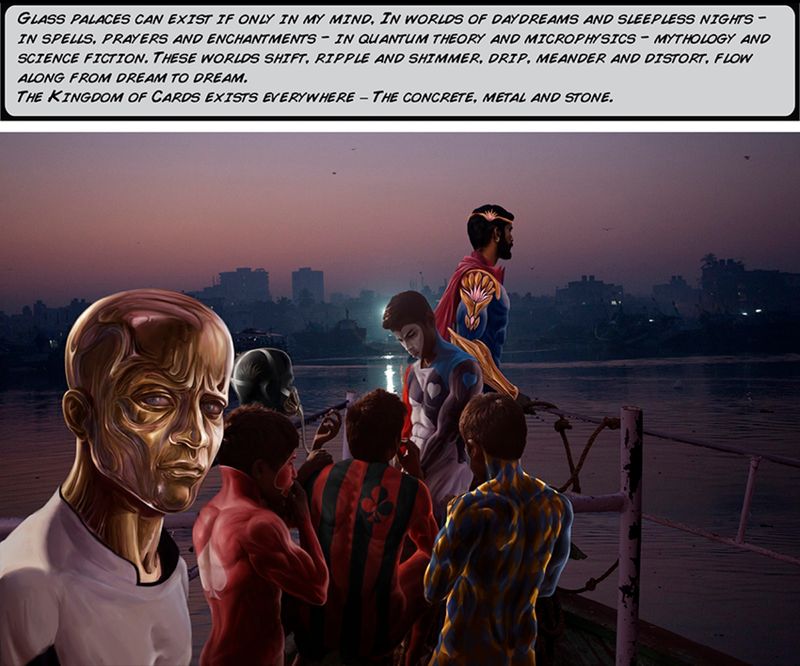
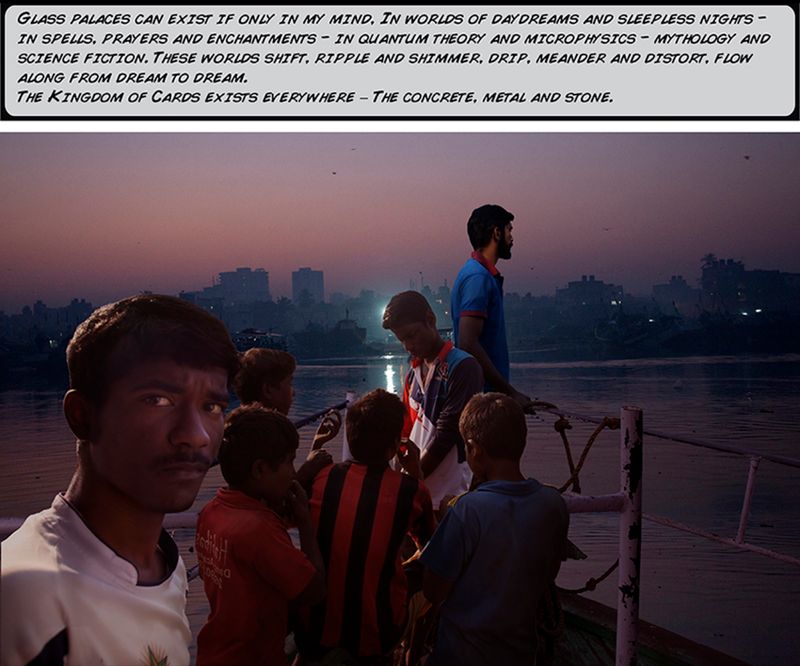
Tagore was inspired by Alice in Wonderland and Western opera when he wrote the dance opera Tasher Desh - a satirical portrayal of a society ruled by strict conventions and a veiled criticism of the society he lived in.
Today the Kingdom of cards is not an element of fantasy, but a reality embodied in today’s world; the city, society and the homes we belong to. The intertwined strands of the orthodox and the liberal and our society’s continuing failure to separate the two have created a dual discourse – a conflict between the real and fictional – the visible and invisible – the actual and the aspirational. This work engages with our conflicting dual identities overlapping them, forcing them to coexist, dissolving the barriers between them.
Placebo Singers

The League of Superheroes
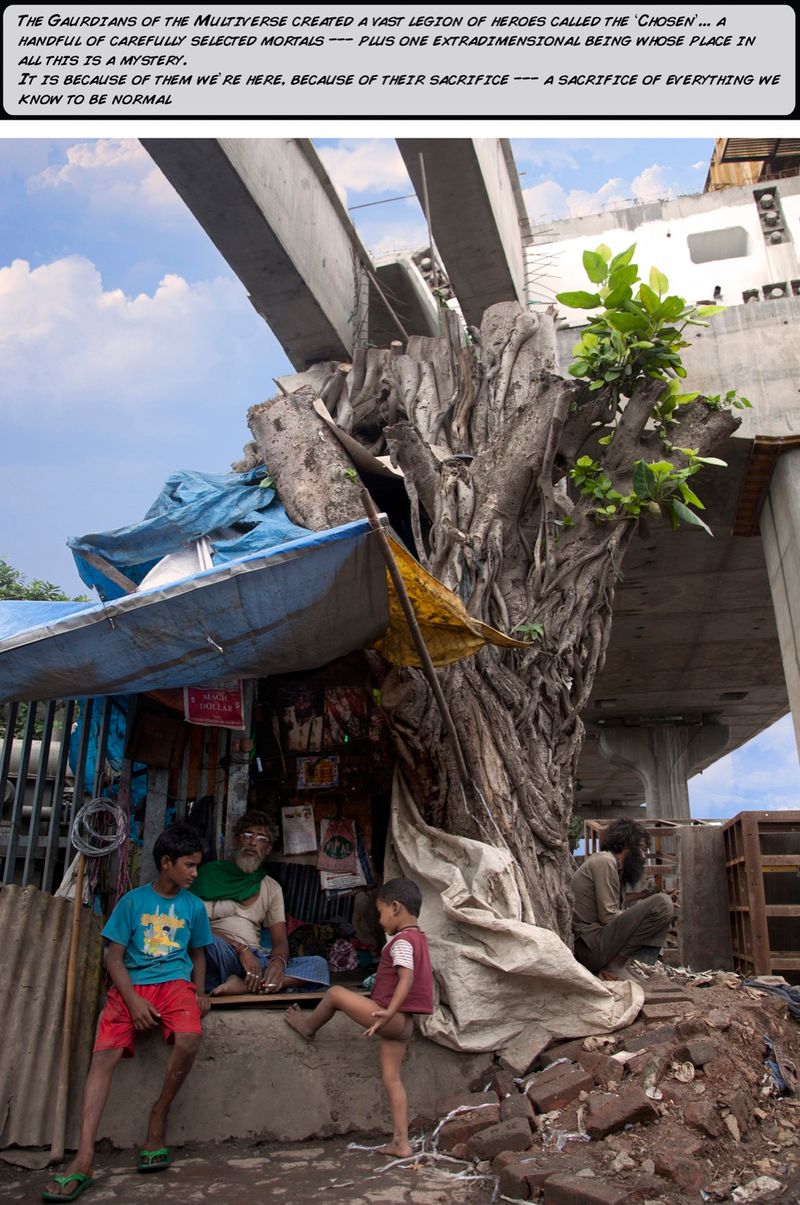

The guardians of the Multiverse created a vast legion of Heroes called the chosen… A handful of carefully selected mortals – plus one extradimensional being whose place in all this is a mystery. It is because of them we’re here, because of their sacrifice – a sacrifice of everything we know to be normal.
The Superhero Series
The Superhero Series is a suite of digitally painted photographs and made as archival lenticular prints.
The Harlequin Series
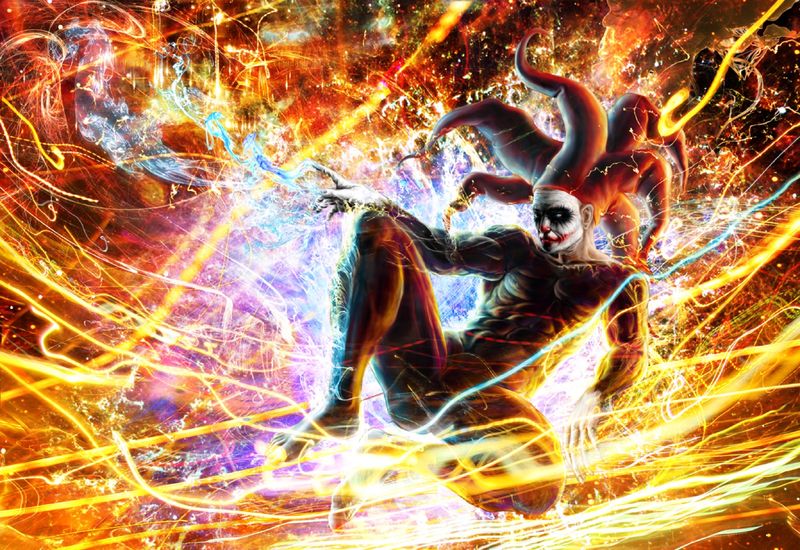
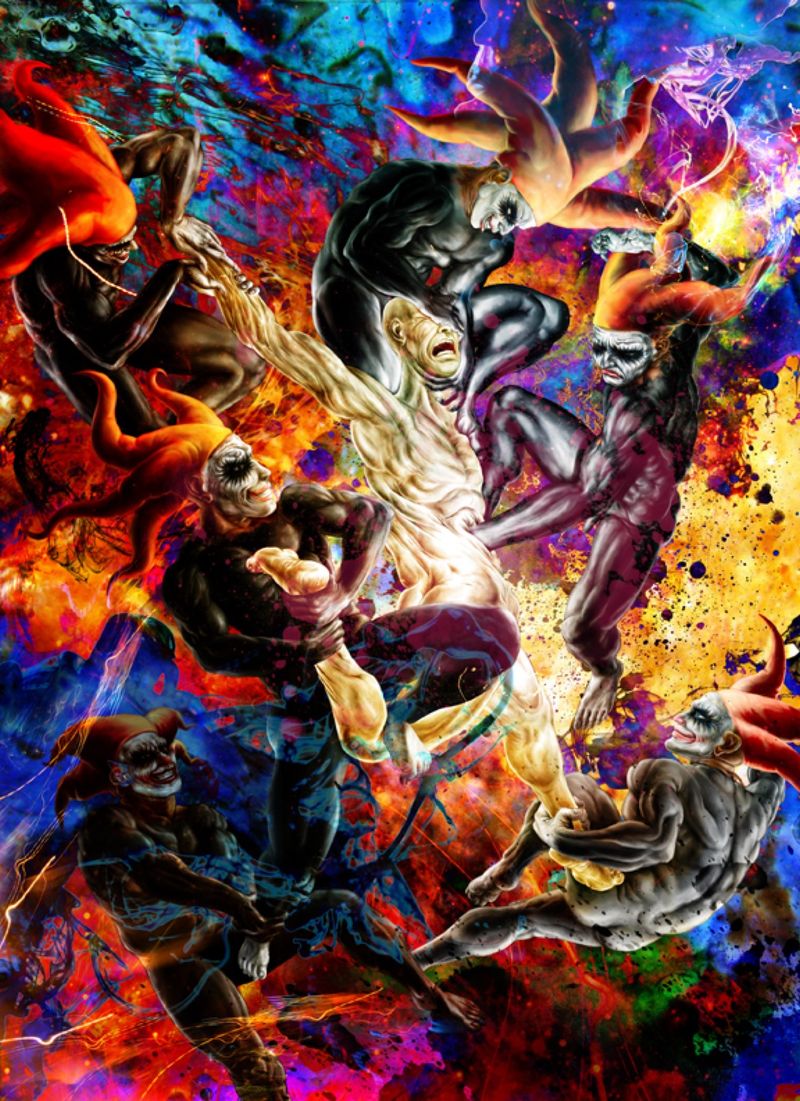
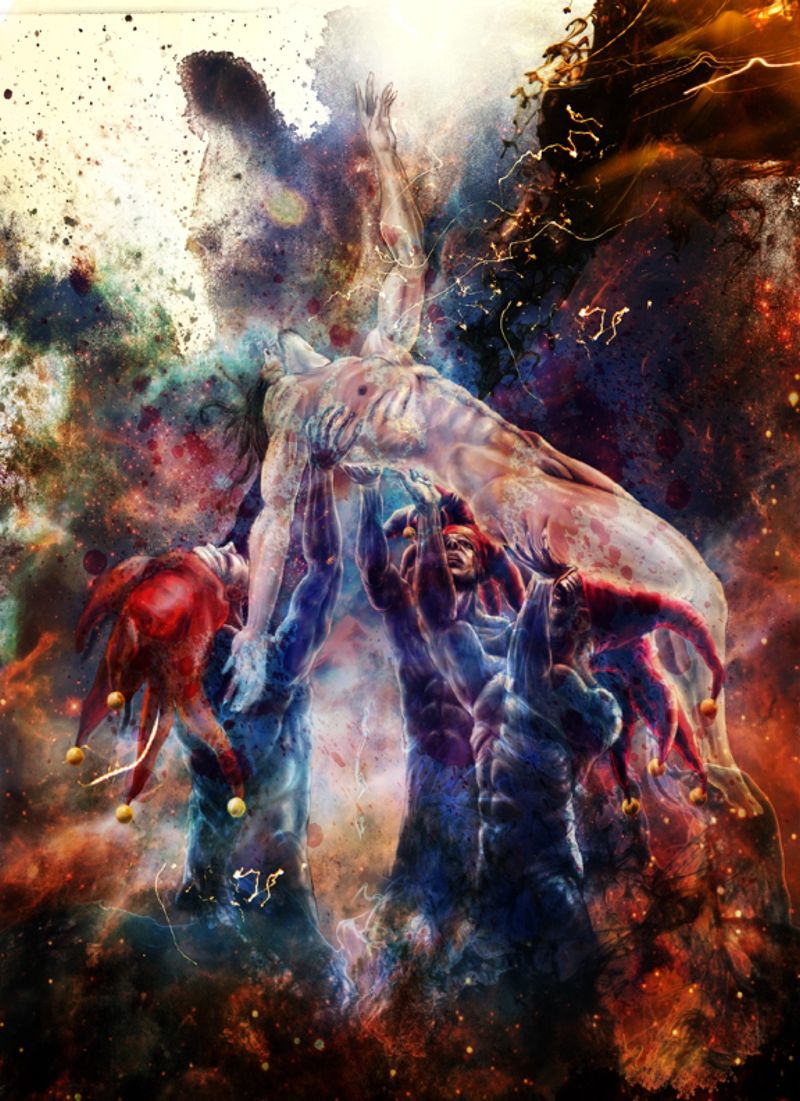
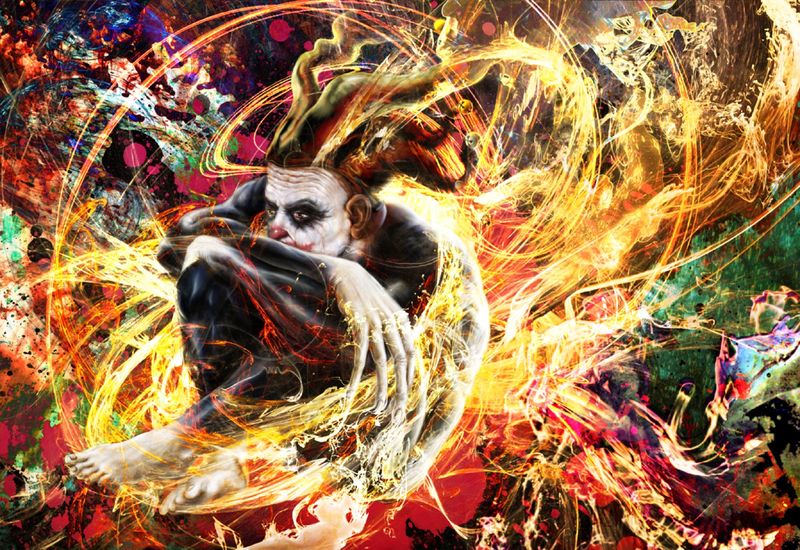



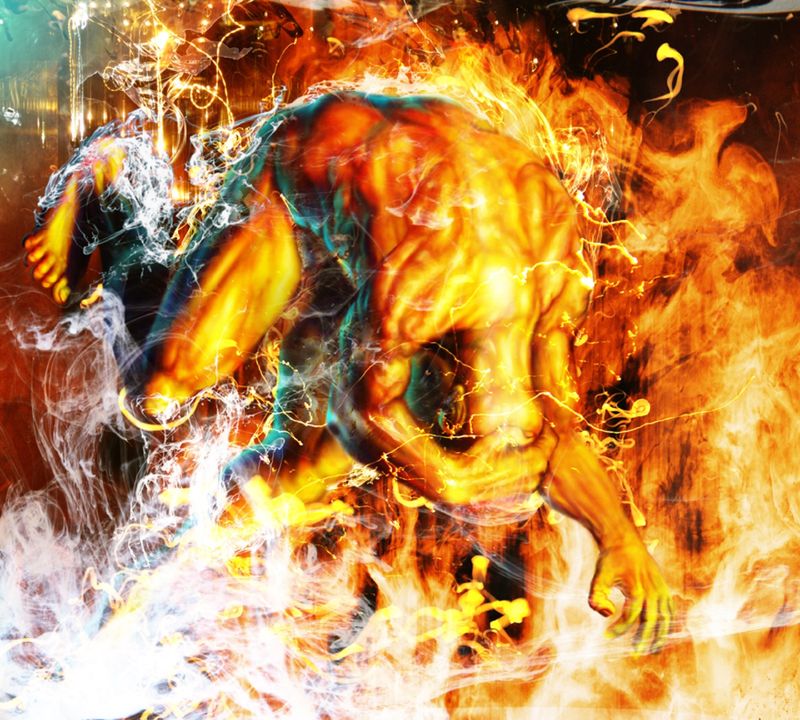
The Harlequin
The Harlequin appears in Dante’s Inferno “roaming the streets with a band of devils, searching for souls to drag back to Hell”; In Medieval French miracle plays; to more positive and mystical interpretations with a multi-colored diamond-patterned costume that embodies the many-sidedness and richness of life.
The Harlequin - almost Dionysian in the liberating chaos of life is in opposition to the central figure of the canvas works - the Hero of human myth - Apollonian in seeking order and fulfilling his destiny. The Harlequin is a prankster and trickster, intrusive and greedy, always ready to lie, an anarchist reveling in chaos. But he is also witty and carefree, exuding innocence and naiveté. He is nimble and light, made of air, physically and morally flexible. He is an embodiment, simultaneously, of the light and the dark, and the minute infinite layers of gray that make up the composite of human beings.
The Harlequin exists is in a world alien to ours; a surreal world of chaos, dreams and constant flux. A virtual world, a world without texture, plastic, strange. The world of the Hero even though stripped of cultural markers and non-specific to any culture is still within the physical known realm. The physical medium, therefore, of oil on canvas of the Hero, becomes inadequate for the Harlequin. The polarity of the ‘Noble’ and self sacrificing Hero and the Harlequin is reflected in the polarity of the two worlds, and the two mediums. The organic and the physical world of the hero, and the synthetic, artificial and virtual world of the Harlequin. The non-destructive easily malleable easily changeable nature of virtual world of the computer becomes in fact the ideal medium for creating this world of the Harlequin.
Chaos in the physical world exists at a level not perceived by human senses. The nature of human consciousness is one that seeks to impose order and patterns into seemingly random events. The computer as a tool provides a non-human intervention in bringing a degree of controlled randomness. It creates a parallel universe and space-time continuum
Everybody's a Jester
 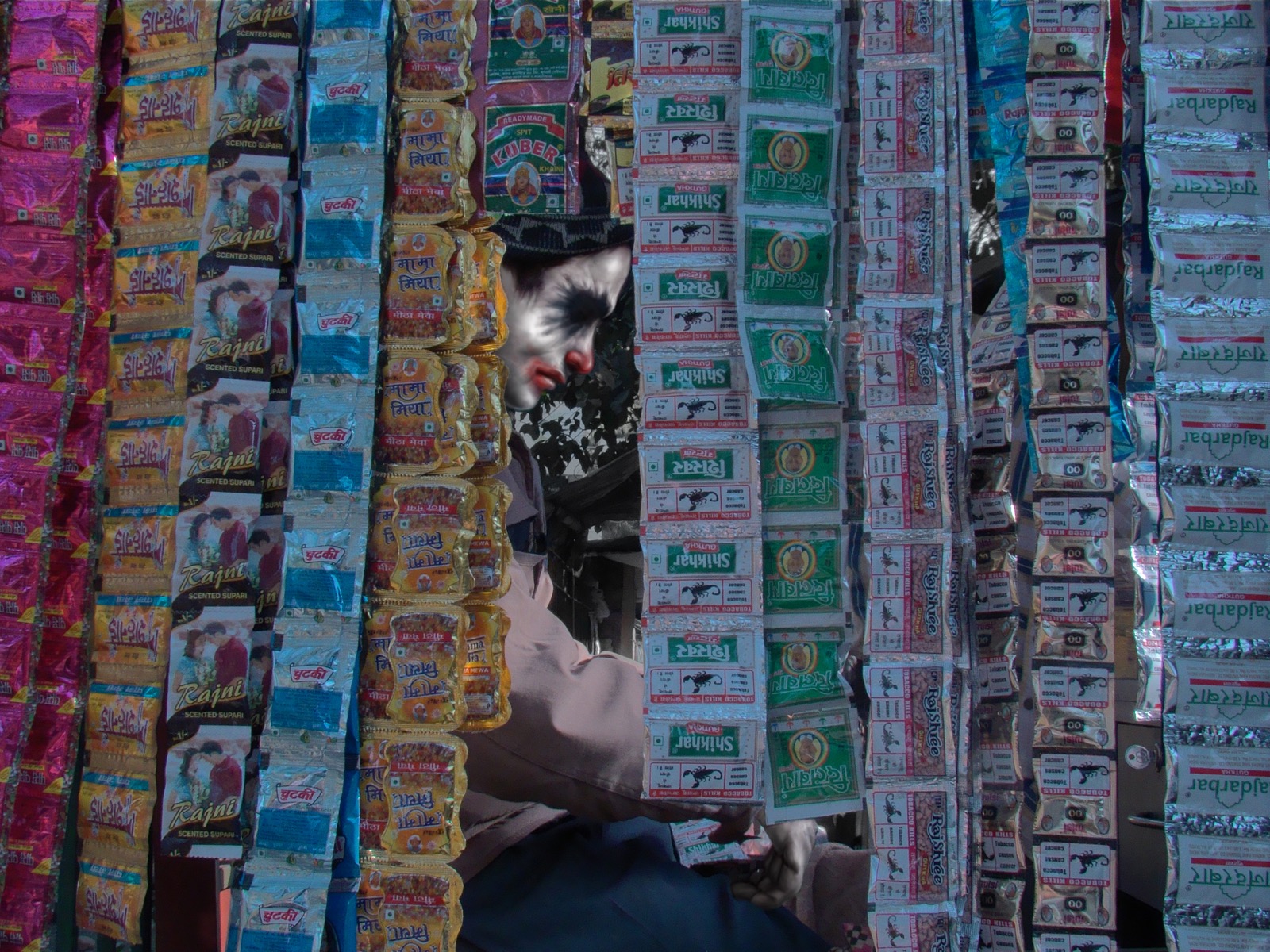 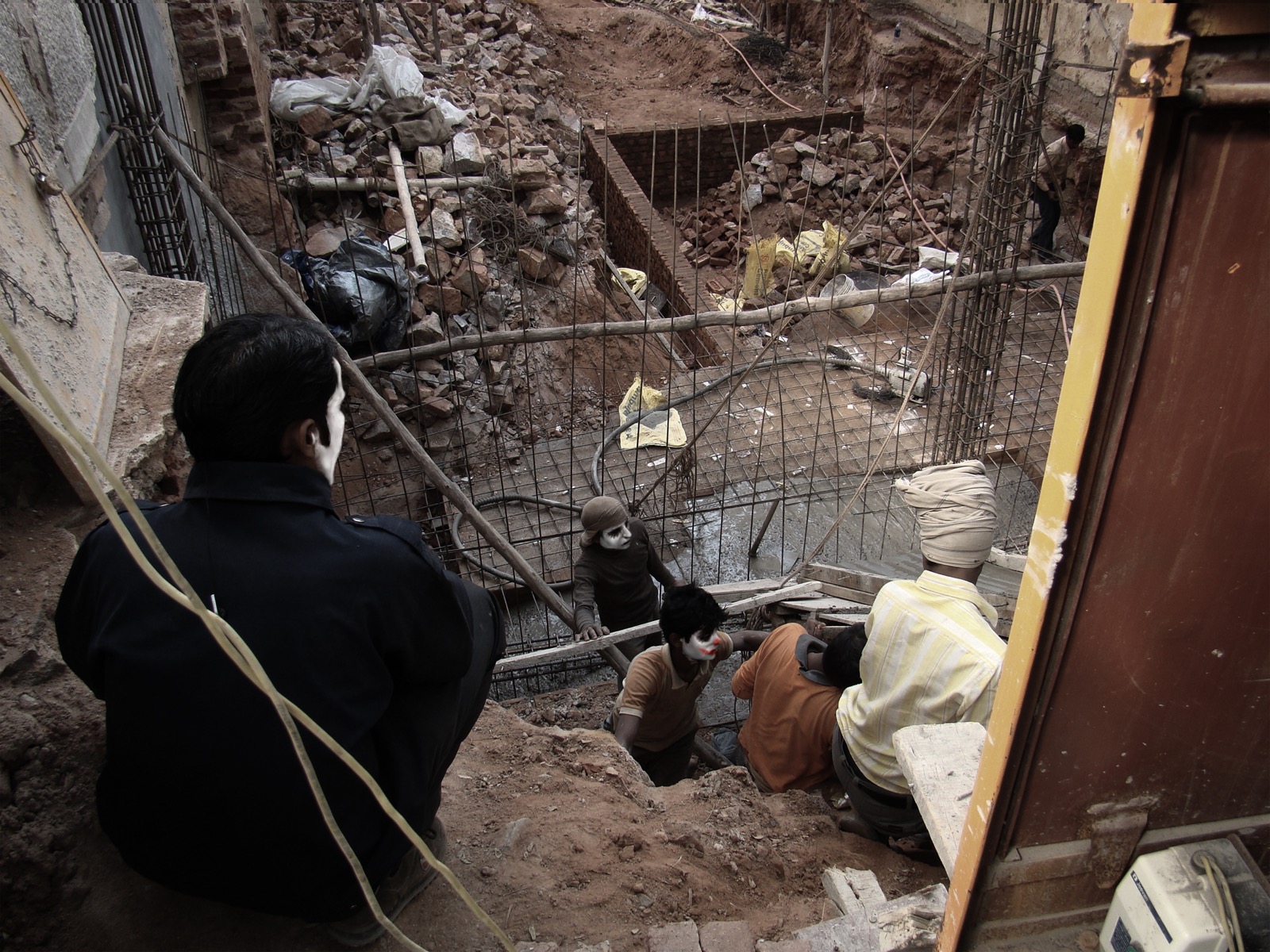        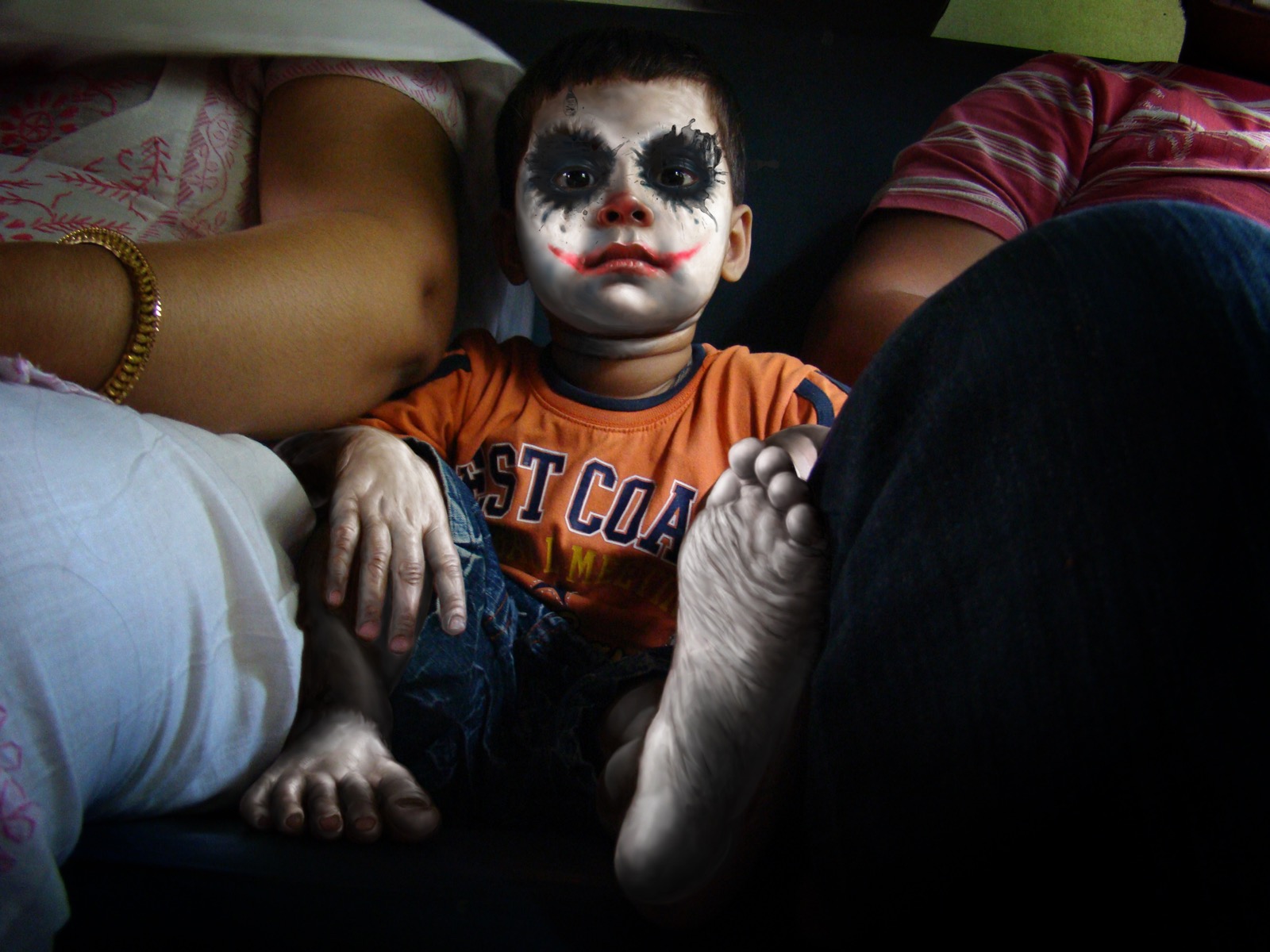 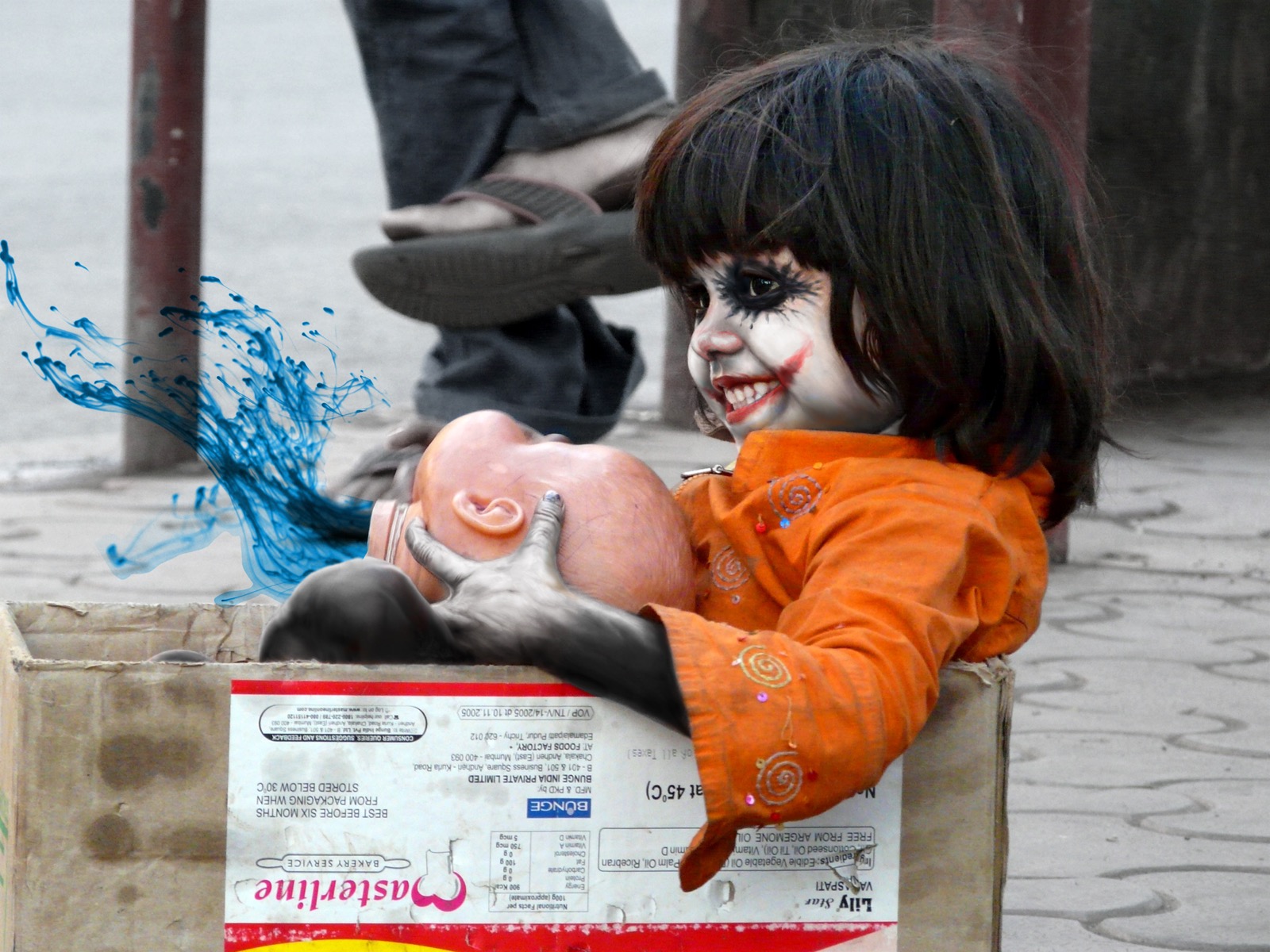 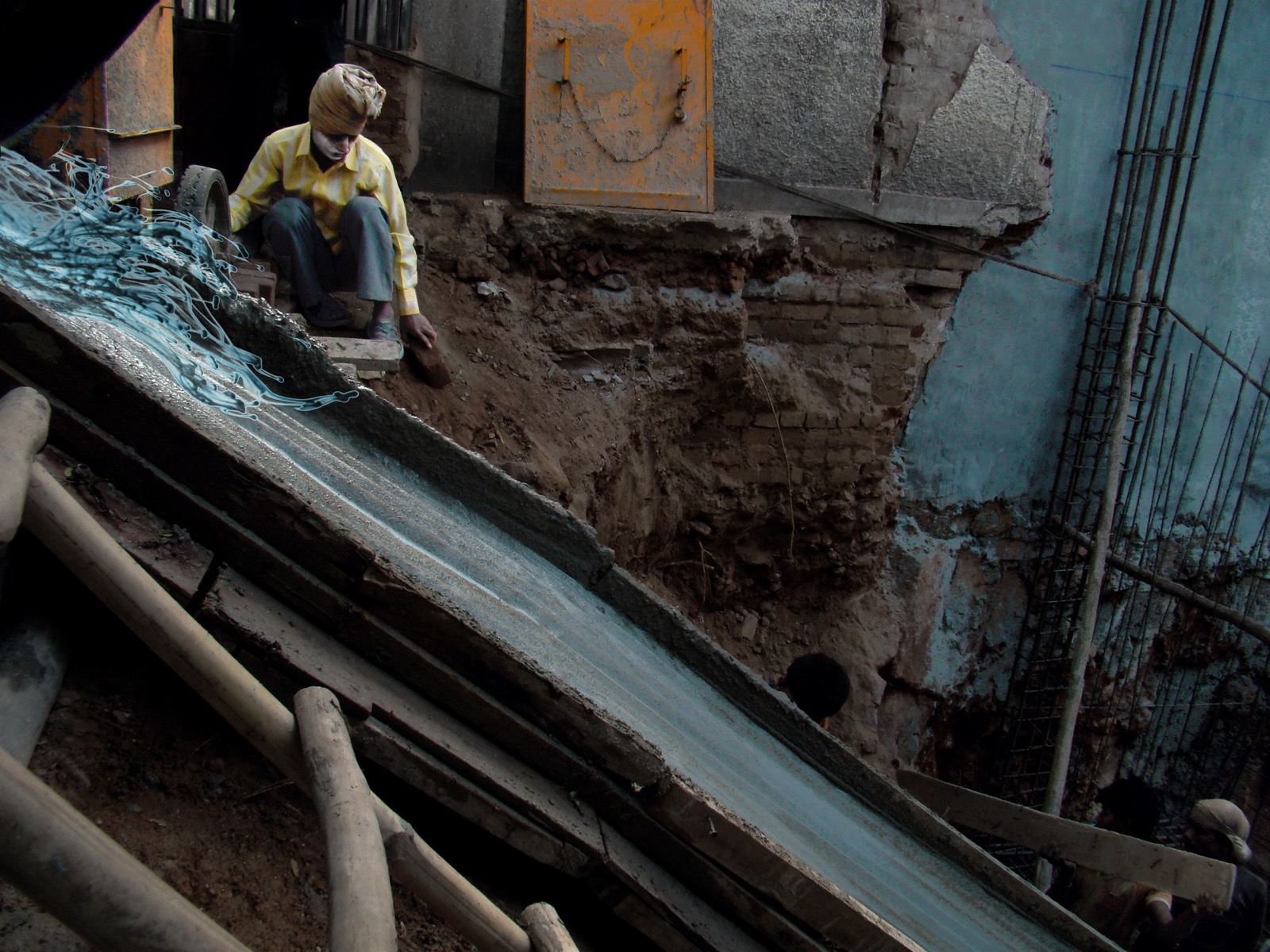 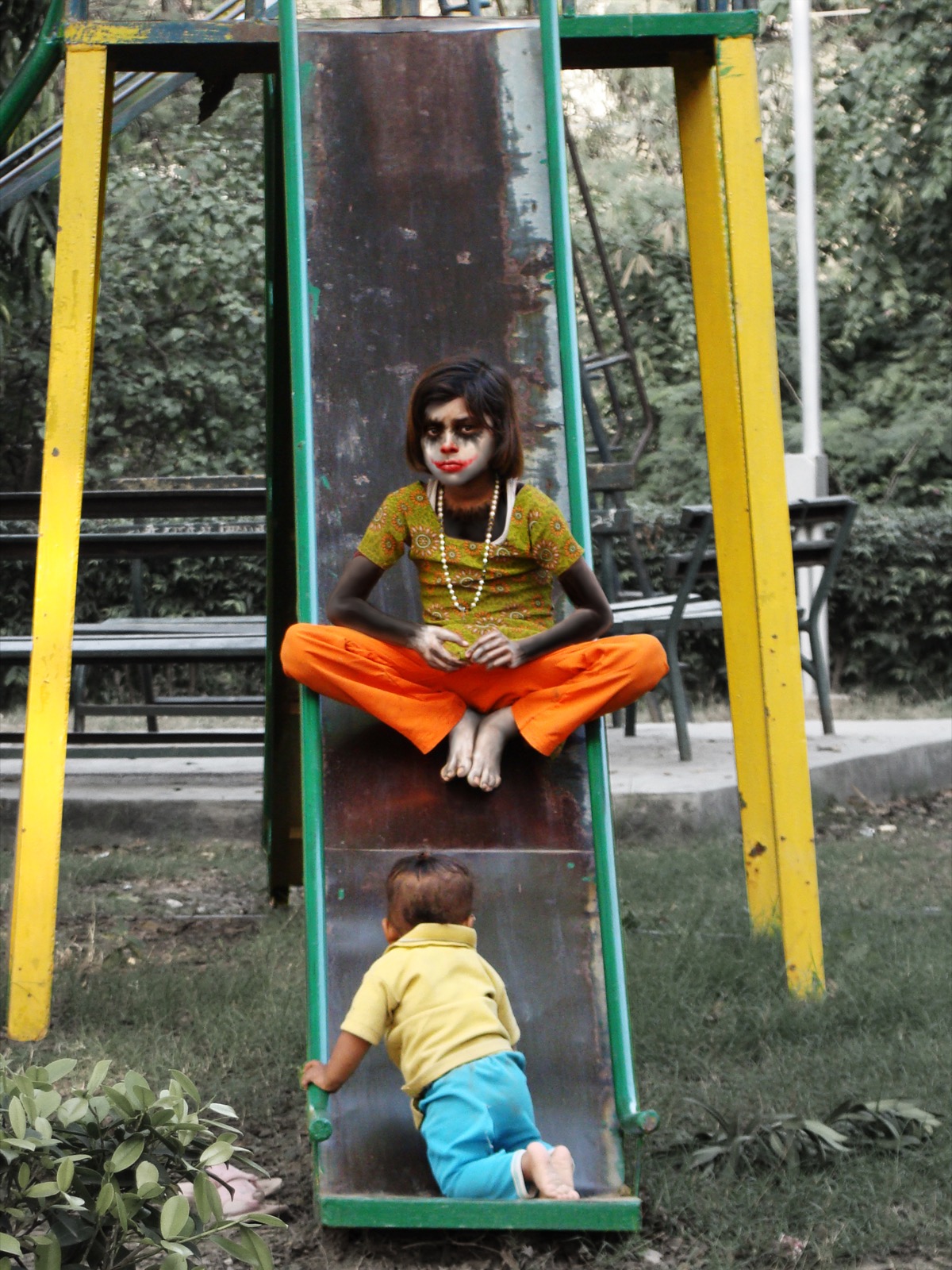 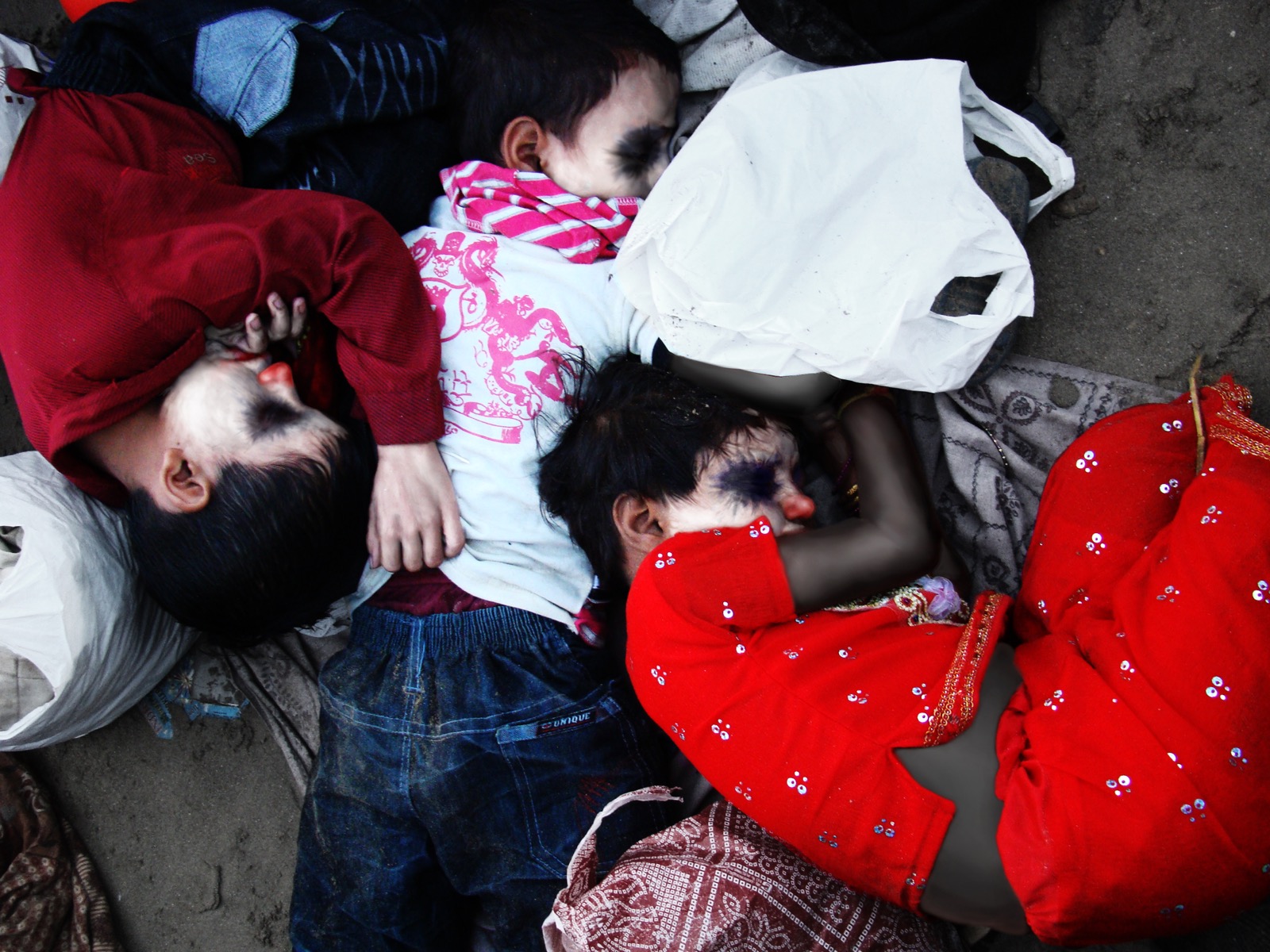
Paintings


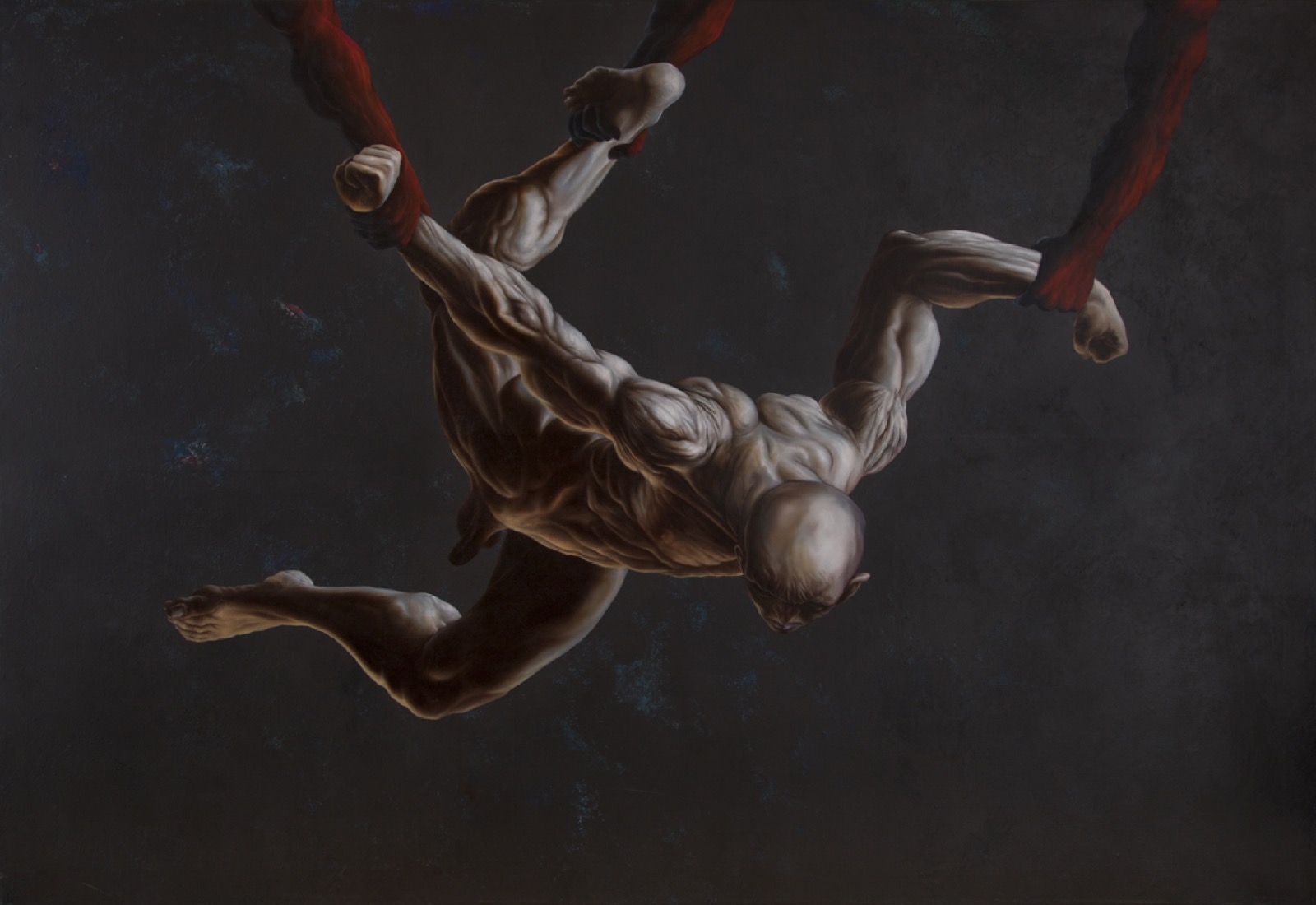
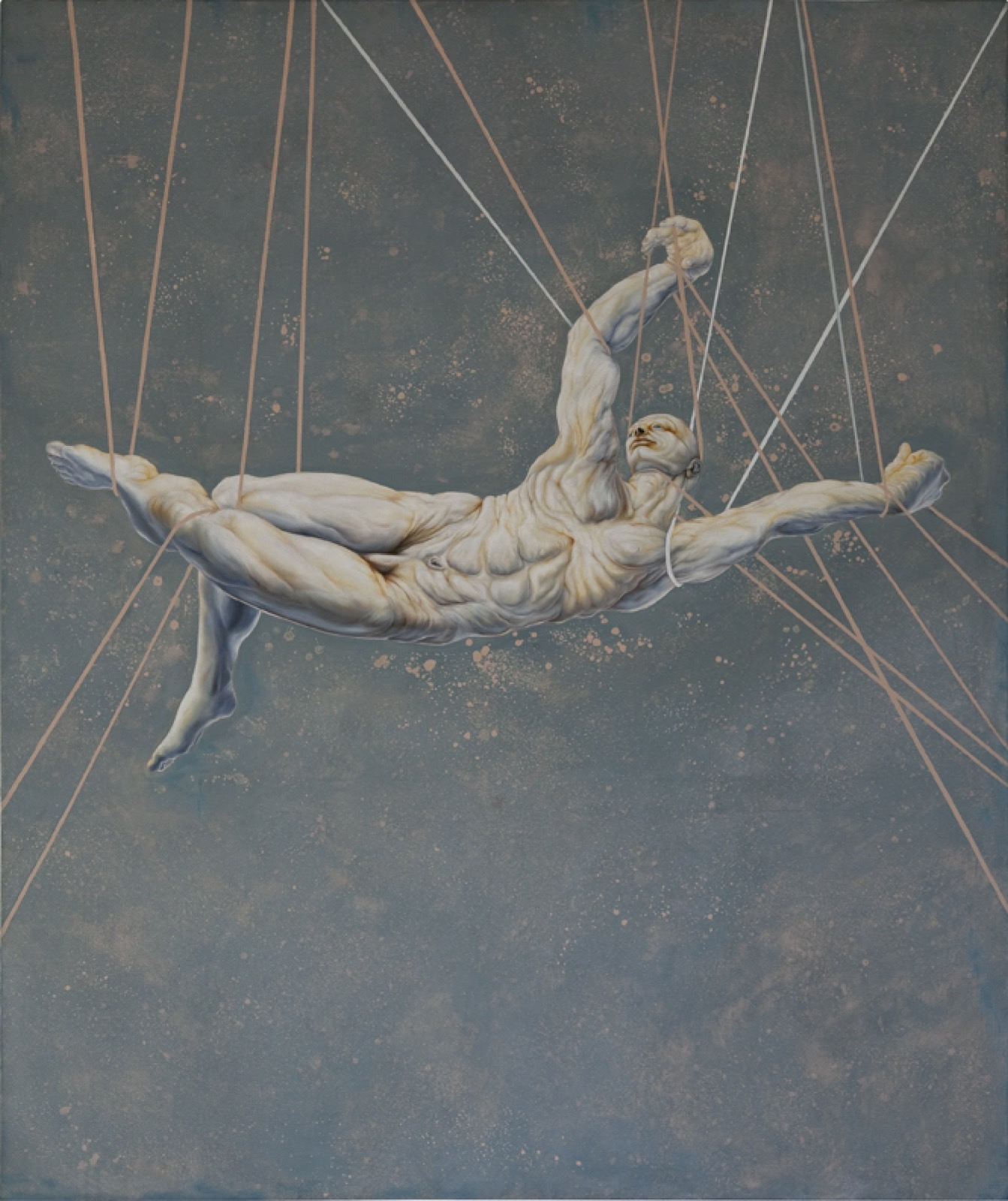
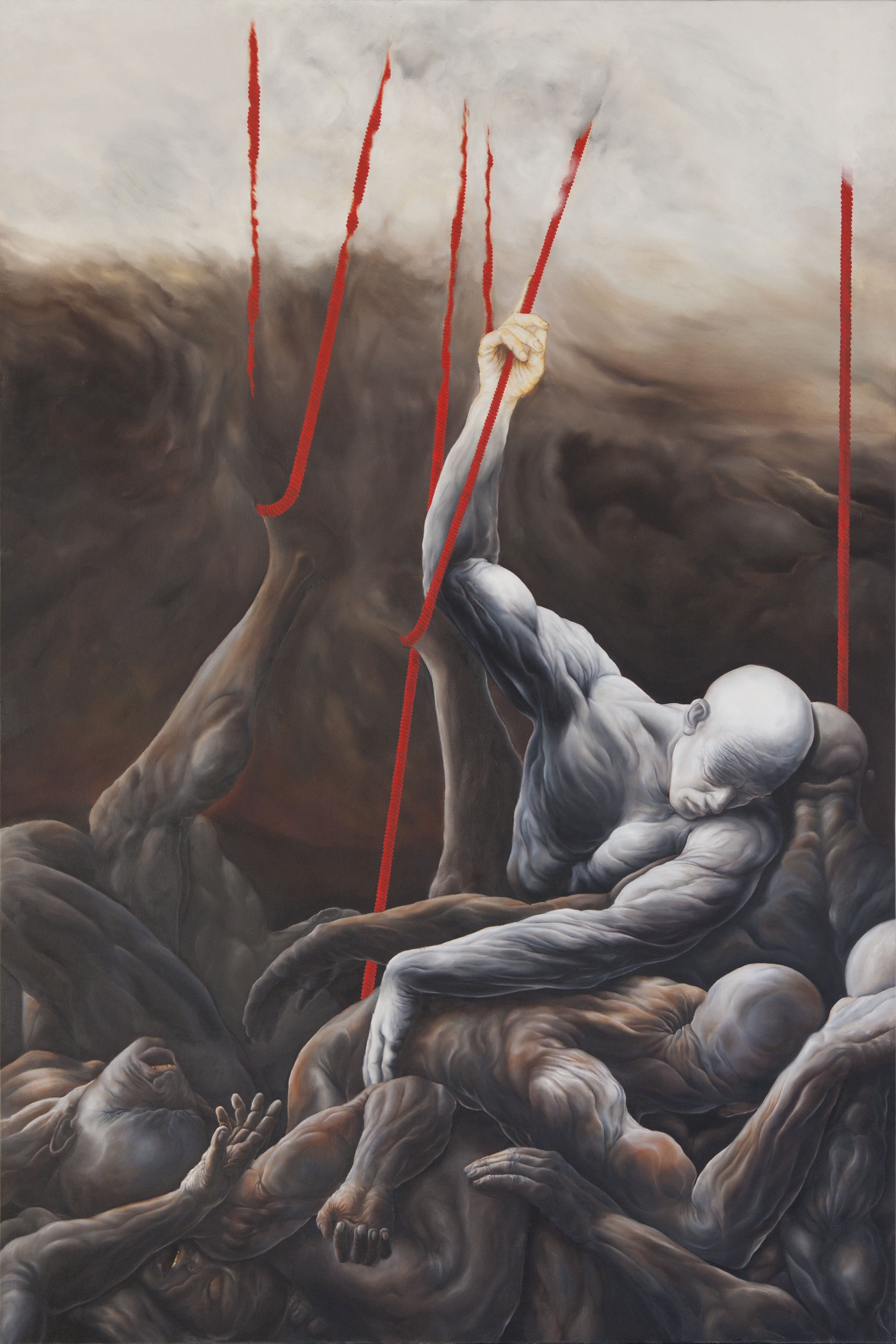

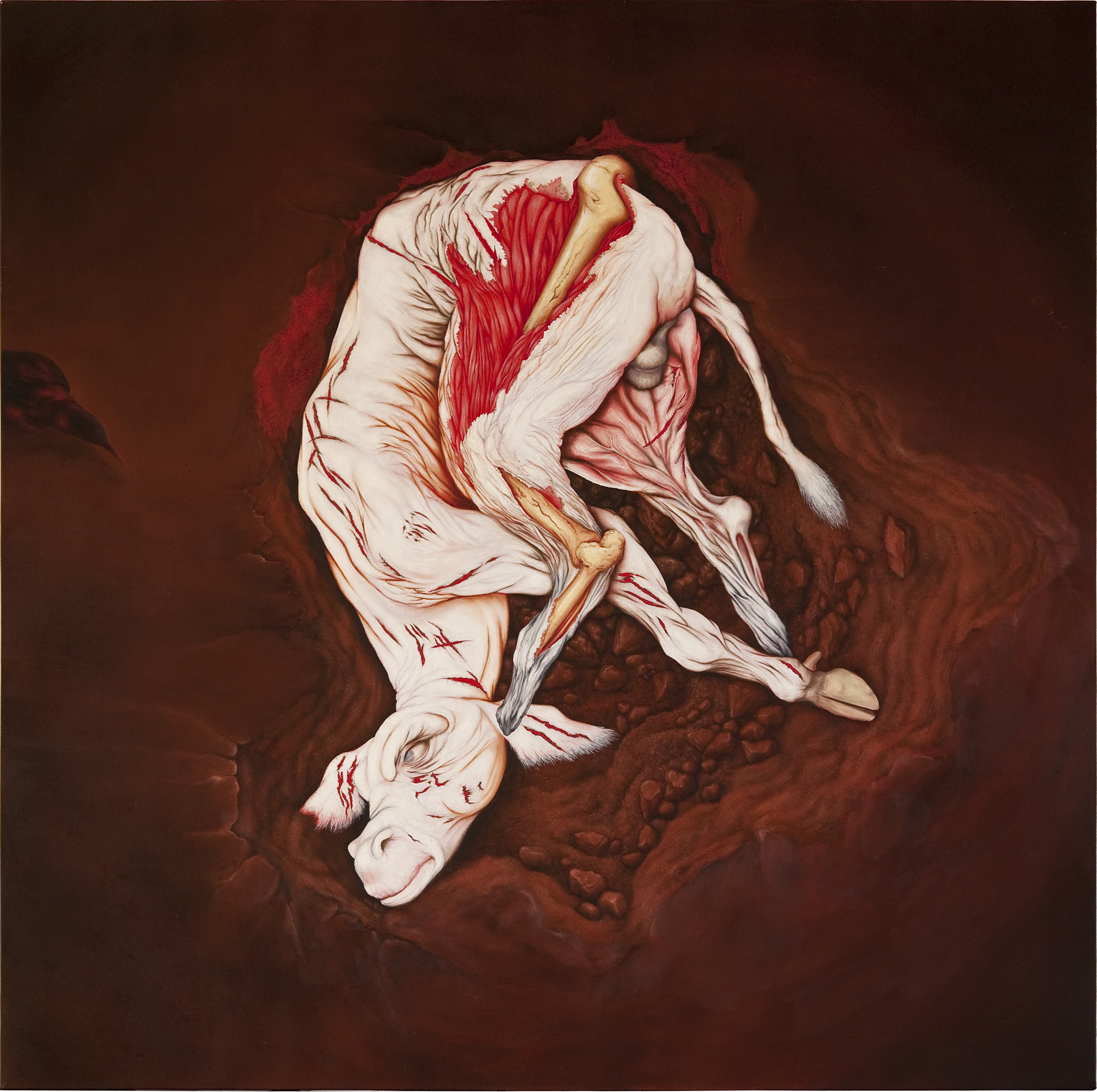

Drawings

We are such stuff As dreams are made on
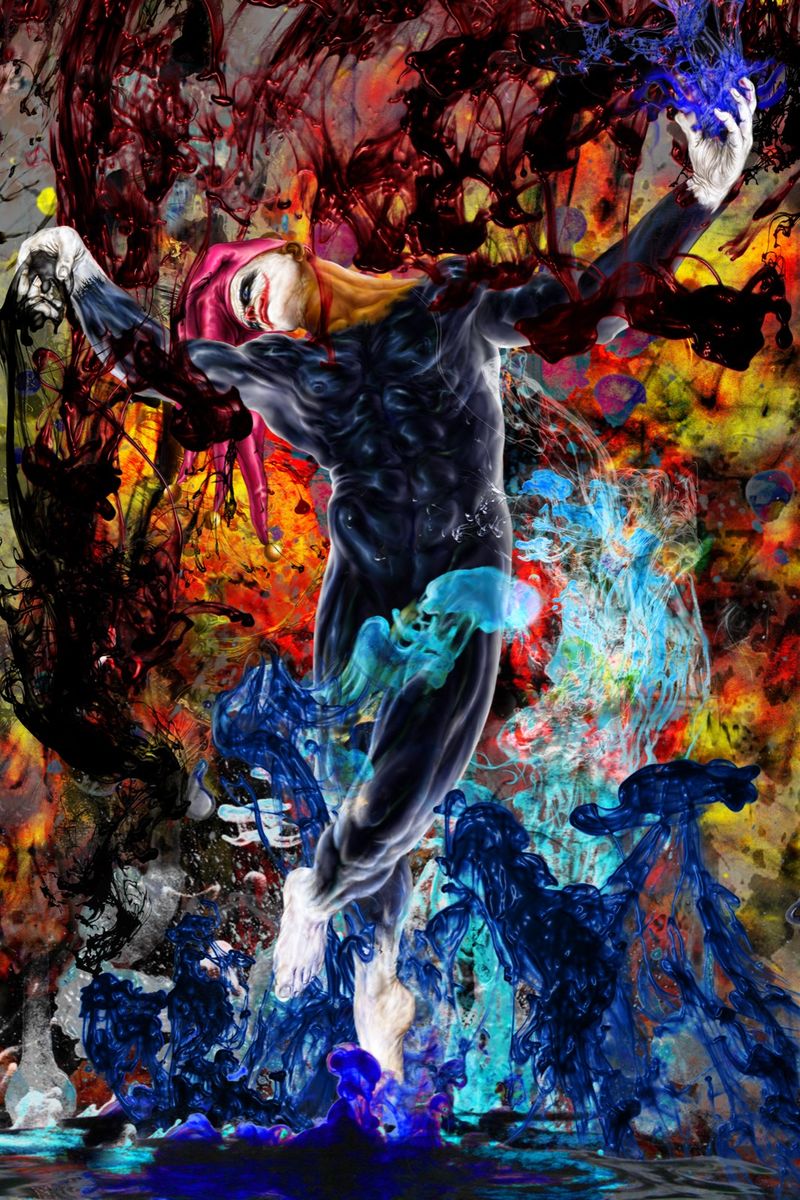
Purgatory
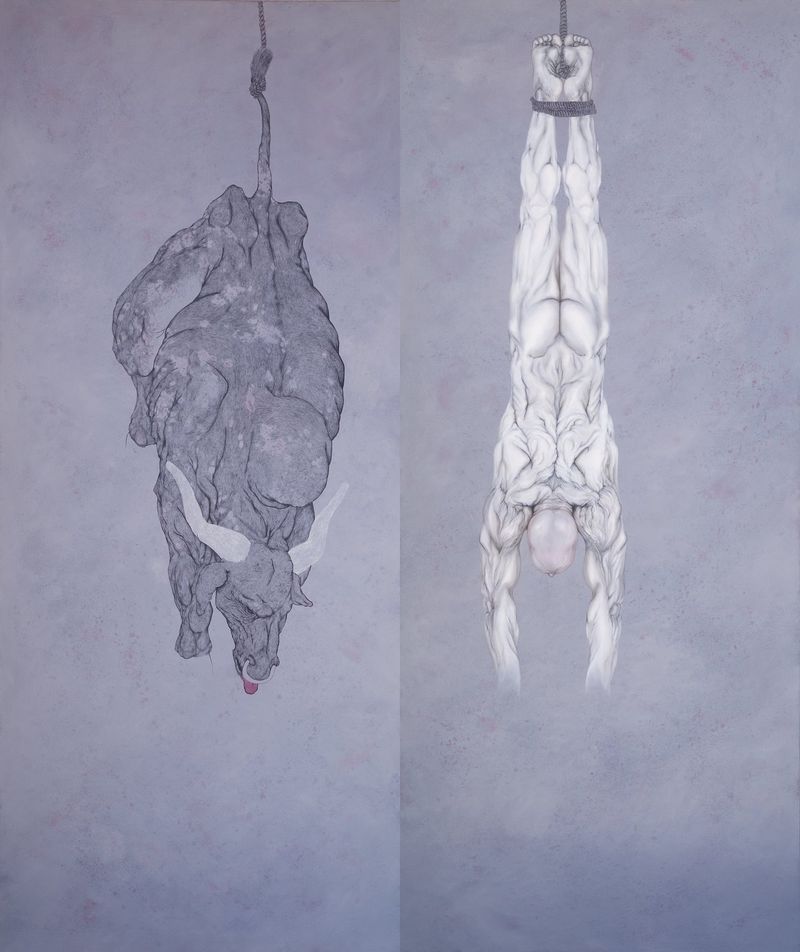
Rebirth
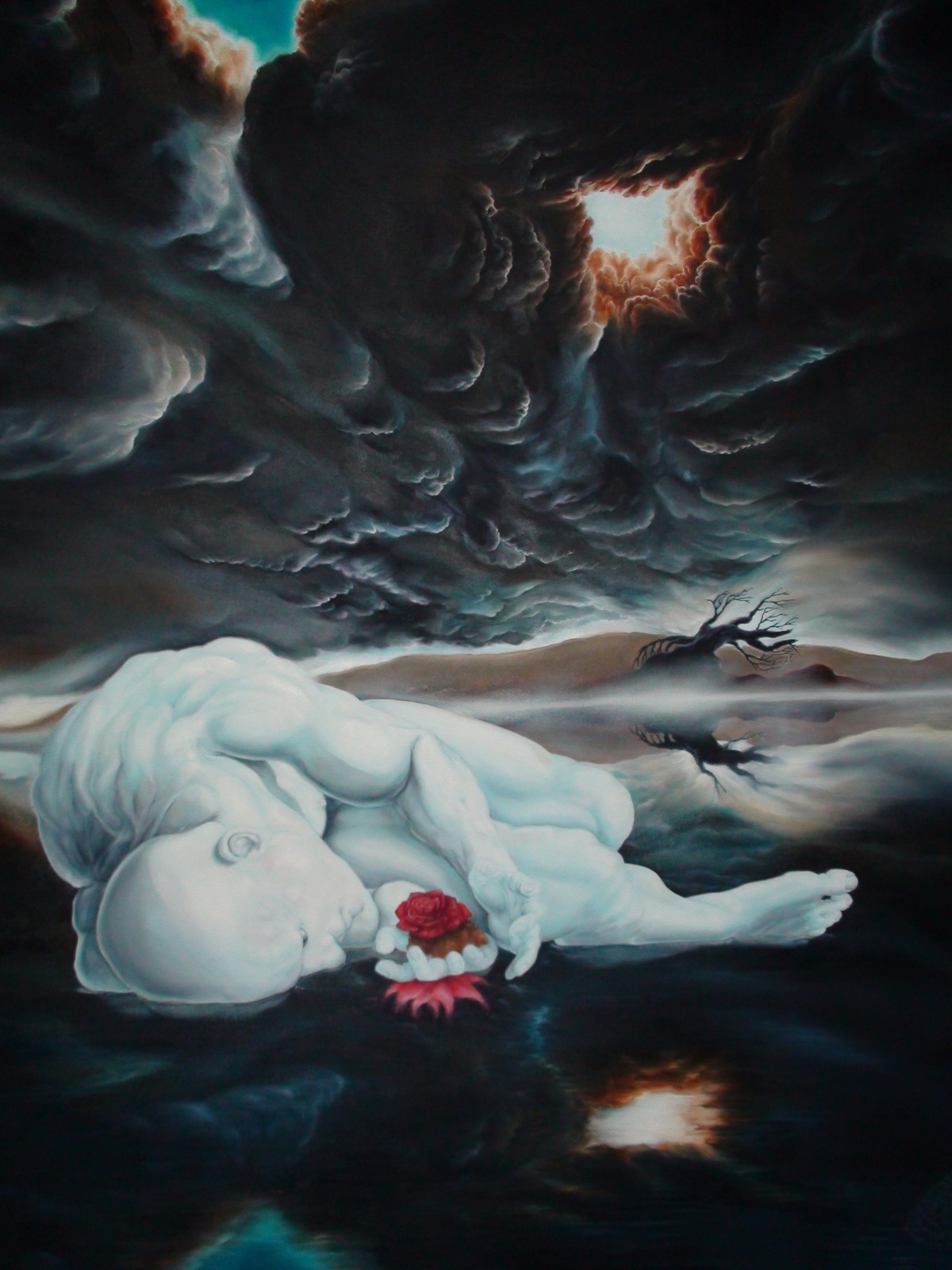
Goodbye Blue Sky
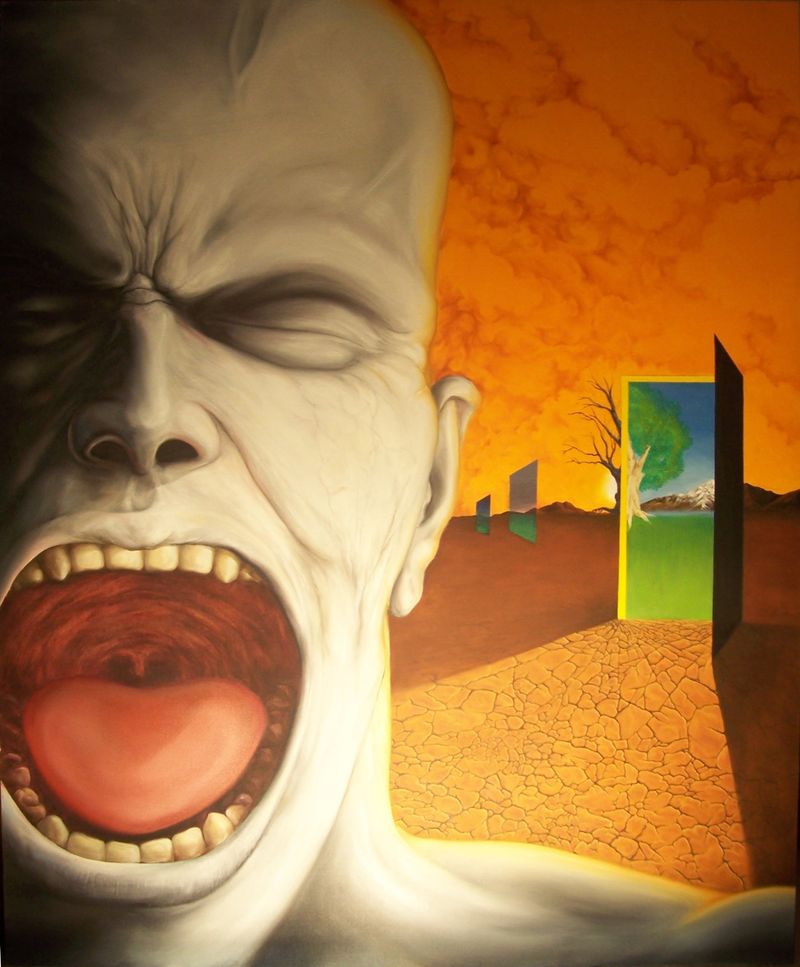
Inhale / Exhale
